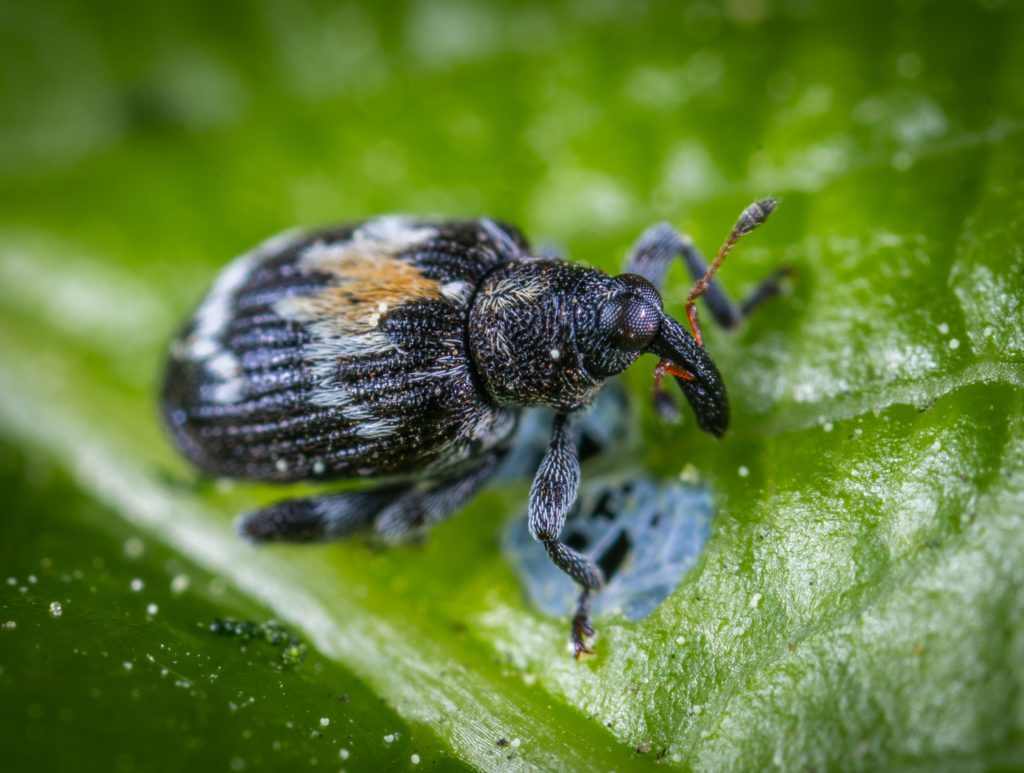
Around the world people ring in the New Year with traditions meant to celebrate a fresh start and let go of the prior year. In Colombia and Ecuador they release the negativity of the prior year during “los años viejos” where they burn previously made effigies (in the form of large puppets or scarecrows) of those who have died in the past year or of people they dislike. Until recently, people in Johannesburg, South Africa, would throw old furniture out of windows to symbolize the removal of old problems and the gaining of a fresh start. The people of Denmark utilize old dishes in their celebrations, breaking these dishes against a friend’s front door or front step in order to bring them good fortune in the dawning year (in Denmark, broken glass is a sign of good luck). Closer to home, we often include in our celebrations a set of New Year’s Resolutions, meant to help us embrace the idea of “out with the old [bad habits], and in with the new.”
In that spirit of letting go of the old, we turn to a place often neglected when it comes to that sentiment: the pantry. Though it may not seem like a priority with the dazzle of the New Year and the new decade still fresh, with so many people making resolutions around both food and money, it’s a place you won’t want to forget about lest you find your food infested with weevils and yourself having to let go of more than just old food.

How Many Kinds of Weevils Are There?
Weevils are actually a type of beetle and in comparison to other beetle groups, are known to have an exceptionally high number of different species in its family. In Texas alone, it is believed that there are over 1200 different types of weevils. Though they all share certain commonalities, and many can become pests agriculturally (like the boll weevil) or to ornamental plants (like the black vine weevil), when you are dealing with them in your home the predominant varieties you will encounter are the rice weevil, granary weevil, cowpea weevil, and maize weevil.
What do Weevils Look Like?
With so many different types of weevil in existence, there isn’t one description that could cover them all. However, there are certain traits shared by most weevils, especially those listed above as the common varieties you would find in your home (with the exception of the cowpea weevil, which lacks the notable snout). Perhaps the most distinctive characteristic of the adult weevil is its head shape, which is elongated at one end to form a snout with the mouth at the end of that snout. They are generally dark brown or black with slender or oval-shaped bodies, and are quite small, ranging from 1/10th to 2/5ths of an inch in length. Some weevils are capable of flying (such as the rice weevil), while others (like the granary weevil) are not. In the larval stage, they are tiny, white/cream-colored, wrinkled, humpbacked and legless, with a small, tan-colored head.

How Do You Get Weevils?
Though there are plenty of weevil species that can be found outdoors and can make their way indoors through cracks and crevices, the most common way that these pests find their way into your home is inside packaged and bulk food items. The eggs arrive in your home already inside a seed or grain kernel. The adult female weevil will chew a hole into a seed or grain kernel using her long snout and will then deposit an egg inside and seal up the opening afterward, keeping the egg well-hidden. Once the egg hatches, the larva will feed on the meat inside the seed/kernel until it is fully grown, when it will eat its way out of the grain/seed.
But you won’t have just one weevil emerging, and it won’t stay as just one generation for long. Not only does mating often occur within 24 hours of the adult weevil emerging from the seed/grain, but 1 adult female can lay 300-400 eggs, which can complete a generation in just 1 month in favorable (warm, damp) conditions; this means that an infestation can happen quite suddenly. And these pests are persistent, living as adults for around 7 or 8 months, which means you could be living with them for quite some time unless you take proper measures.
Are Weevils Dangerous?
Fortunately, weevils are not a dangerous household pest. They don’t bite or sting, and they are not toxic if consumed. They are, however, a significant agricultural pest, doing damage to a wide variety of crops and stored grain. And on an individual level, they can be responsible for a great deal of food waste, as well as the unmistakable horror upon finding these pests crawling all throughout your food; a horror that can linger for years afterward every time you think about buying that same product again.

How can you Prevent Weevils?
There are several important steps to take to prevent weevils from infesting your food and your home. Following these preventative measures year-round will significantly decrease the likelihood that you will find these pests taking over your pantry.
- Inspect bagged and boxed foods before purchasing and do not purchase any items that have torn or damaged packaging.
- Pay attention to expiration dates on bagged and boxed foods and do not purchase items past their expiration/best by dates.
- Store dry goods (rice, pasta, flour, beans, nuts, etc.) in glass, metal, or thick plastic containers with tightly-fitting lids. If this is not possible, store these goods in the refrigerator or freezer.
- Clean out reusable dry good containers before refilling; do not add new items to the existing (old) ones.
- Keep the pantry clean and free of food debris and loose food.
- Keep food storage areas dry.
- Store non-food dry goods (pet food, birdseed, etc.) in tightly sealed containers away from the pantry, ideally in a shed or garage.
How do you Eliminate Weevils?
Eliminating weevils is essentially a 3 step process.
Step 1: Remove the infested food
- If
you see weevils in your stored foods, immediately discard the infested
food item.
- Do save a small sample of the insects you are seeing in a well-sealed container so that when you have one of Mid-Cities Pest Control’s technicians evaluate your home for treatment they can correctly identify the pest for optimal treatment.
- Inspect
all remaining food items in the vicinity for possible infestation and discard
any additional affected items. Ideally, you will want to inspect all food items
in the home, but it is especially important to check all items in the same
pantry/cupboard/etc.
- Pay special attention to all grains, flours, seeds, rice, nuts, beans, cereals, corn, etc.
Step 2: Clean
- Remove
all food items from the area where the infested food was found (pantry,
cupboard, etc.) and vacuum all of the shelves, floor, and wall joints. Use the
brush/crevice attachment on the vacuum to get to all areas, especially the
edges of shelves, corners, and all other cracks and crevices.
- Note: a vacuum is by far the best tool for this job as you need to ensure that all insects/eggs are removed from the food storage area. Cleaning agents, bleach, etc. will not aid in the removal of the insects.
- Always empty the vacuum or discard the vacuum bag outdoors.
- Give the kitchen a thorough cleaning.
Step 3: Call a Professional
- The
danger in a weevil infestation comes from the fact that the eggs are so
tiny and well-hidden that you will end up with hundreds of insects destroying
your food before you even know you have a problem. Even after following steps 1
and 2, there is a good chance that these resilient pests may still be lying in
wait to devour even more of your food. That’s why it’s always a good idea to
call in a professional. The technicians at Mid-Cities Pest Control will
identify the pest from the sample you saved to confirm it is indeed weevils and
then determine the most effective, as well as the safest, method to treat for these
pests so that they do not continue to cause damage to your food stores.
- Never attempt to self-treat for weevils. Since products will need to be put in areas where food is kept, it is important for your safety to have a professional do the treating.

Don’t let weevils dampen your New Year; at the first signs of pests, call Mid-Cities Pest Control at 1-800-310-BUGS and let us help you say “out with the infestation, in with a fresh start.”
Additional Resources:
“Weevils of Texas – Superfamily Curculionoidea” – compiled by Mike Quinn – Texas Entomology.
“Rice Weevil and Maize Weevil” – Janet Hurley, Bradleigh S. Vinson – Entomology Extension, Texas A&M Forest Service
Author Bio: Alissa Breach has been gaining knowledge and experience around pest control concerns over the last 11 years while working for Mid-Cities Pest Control. She has a creative writing BA from UW-Madison and is always pursuing new and interesting writing projects.




